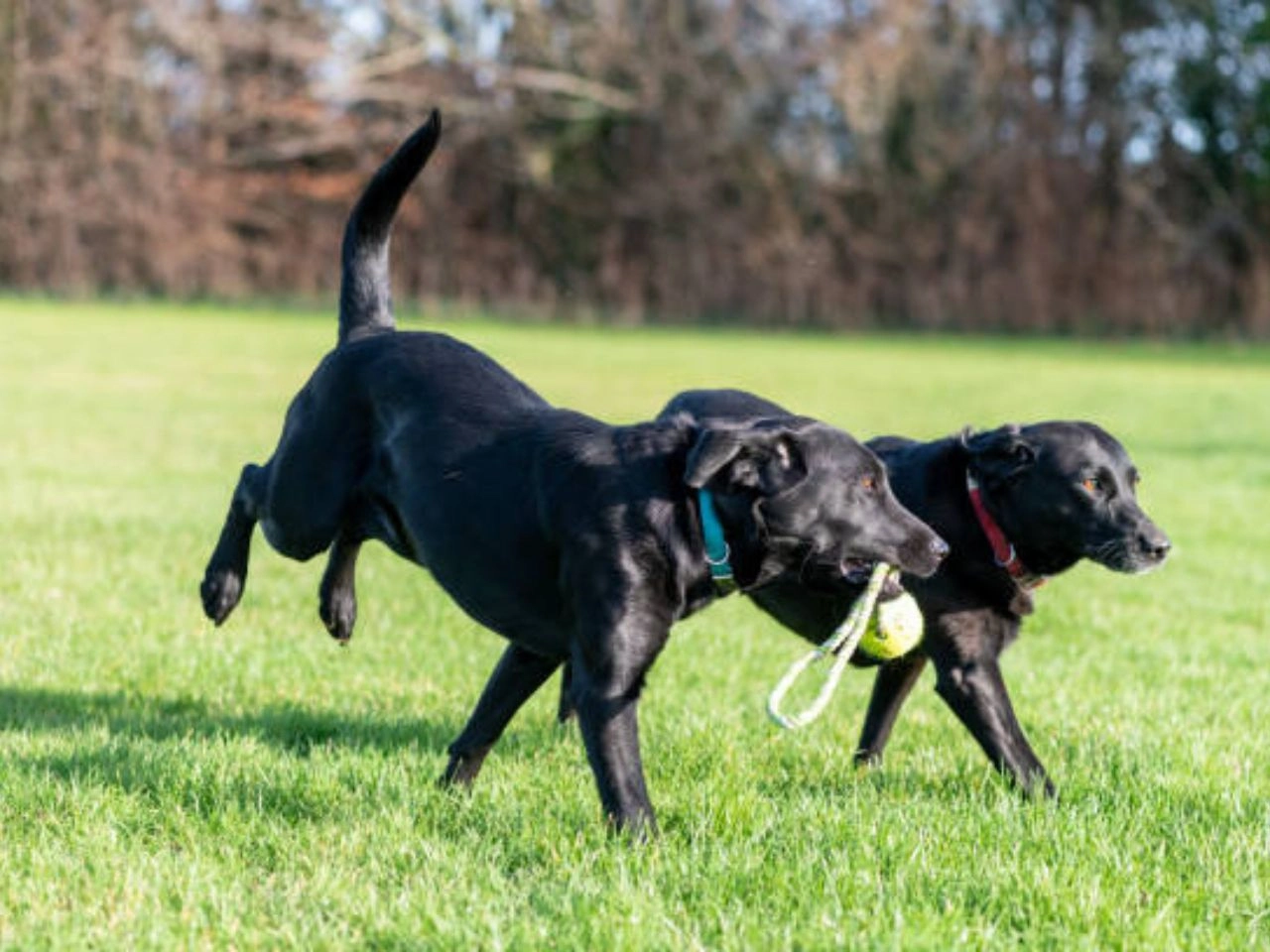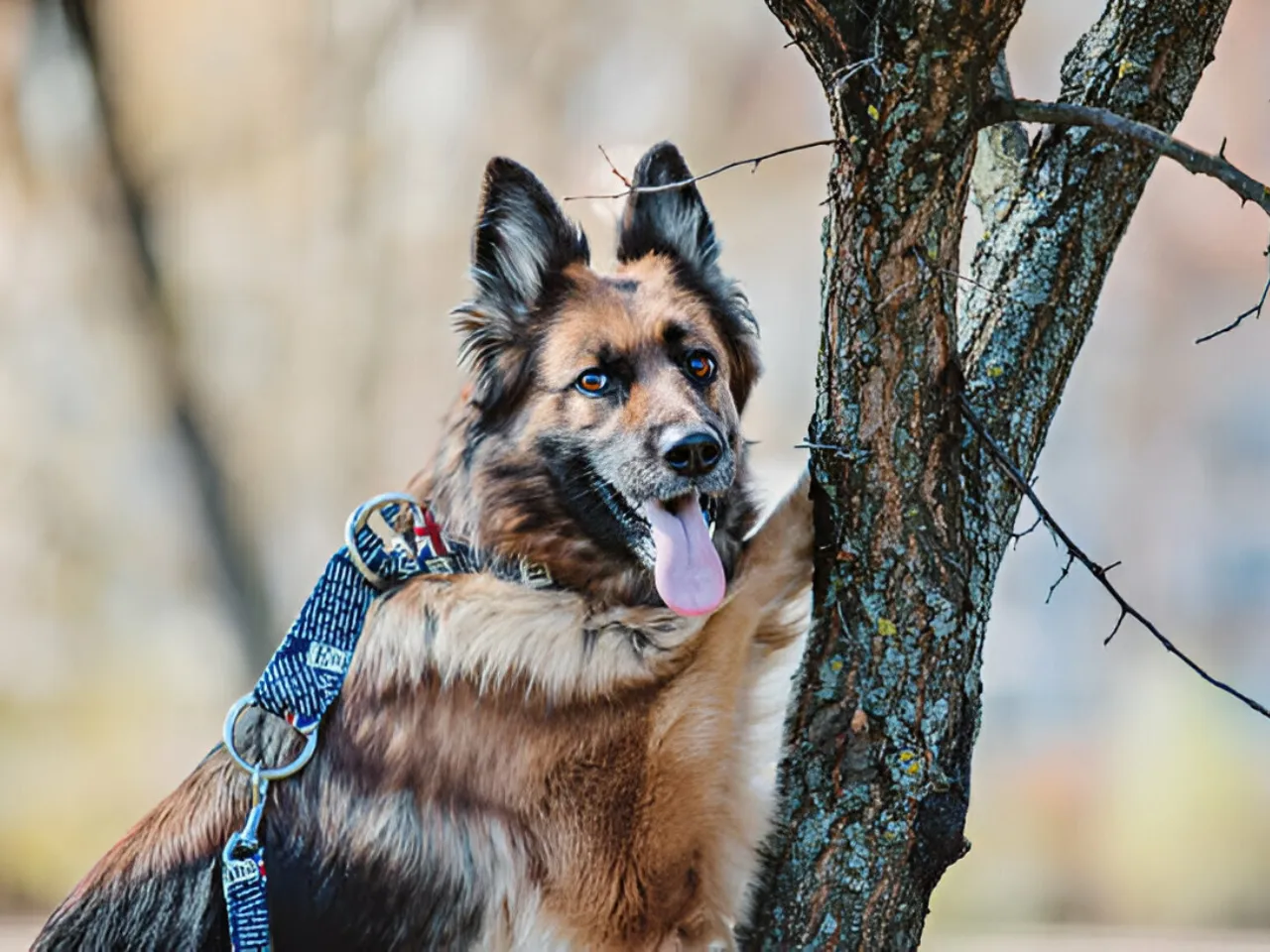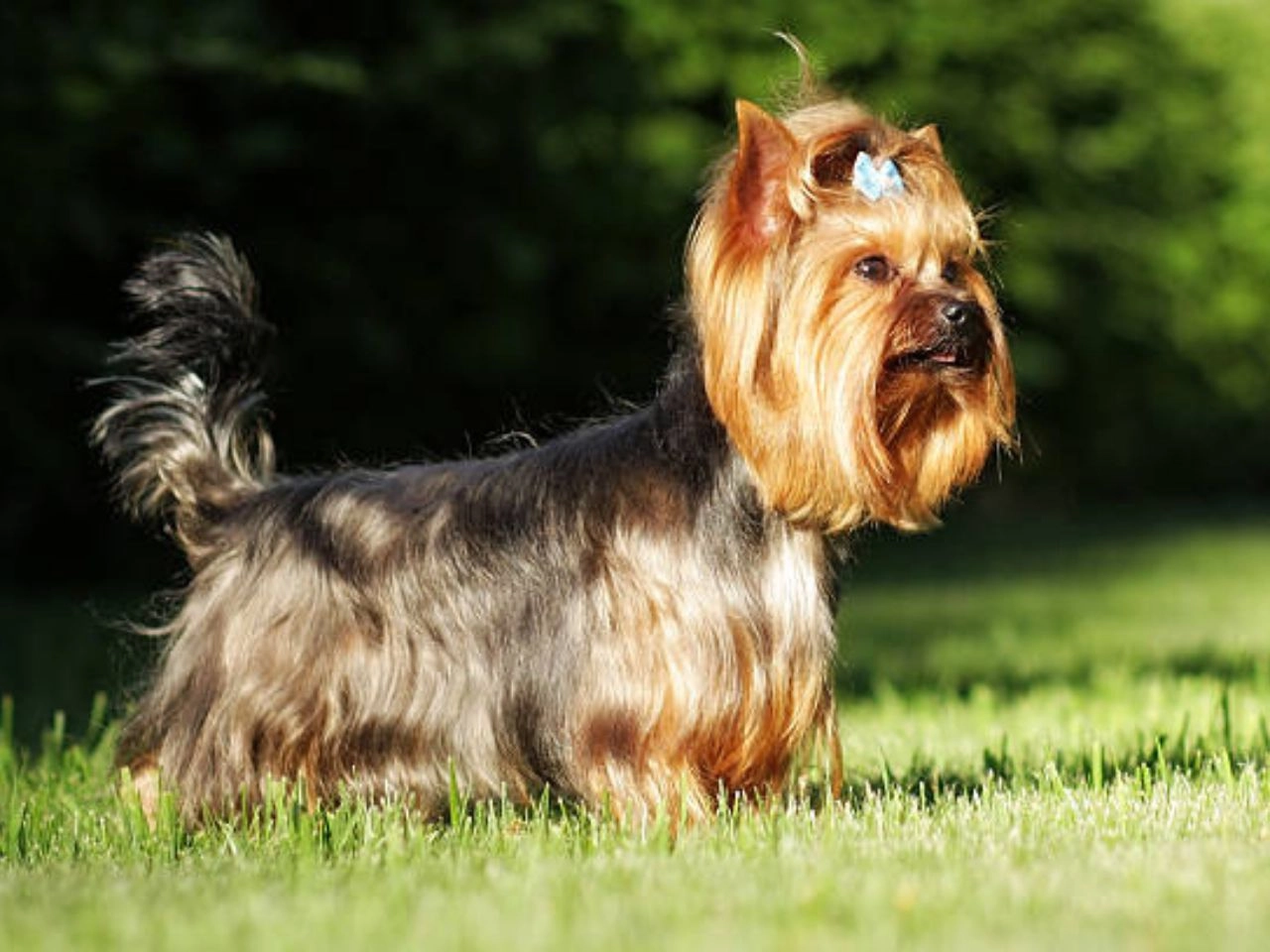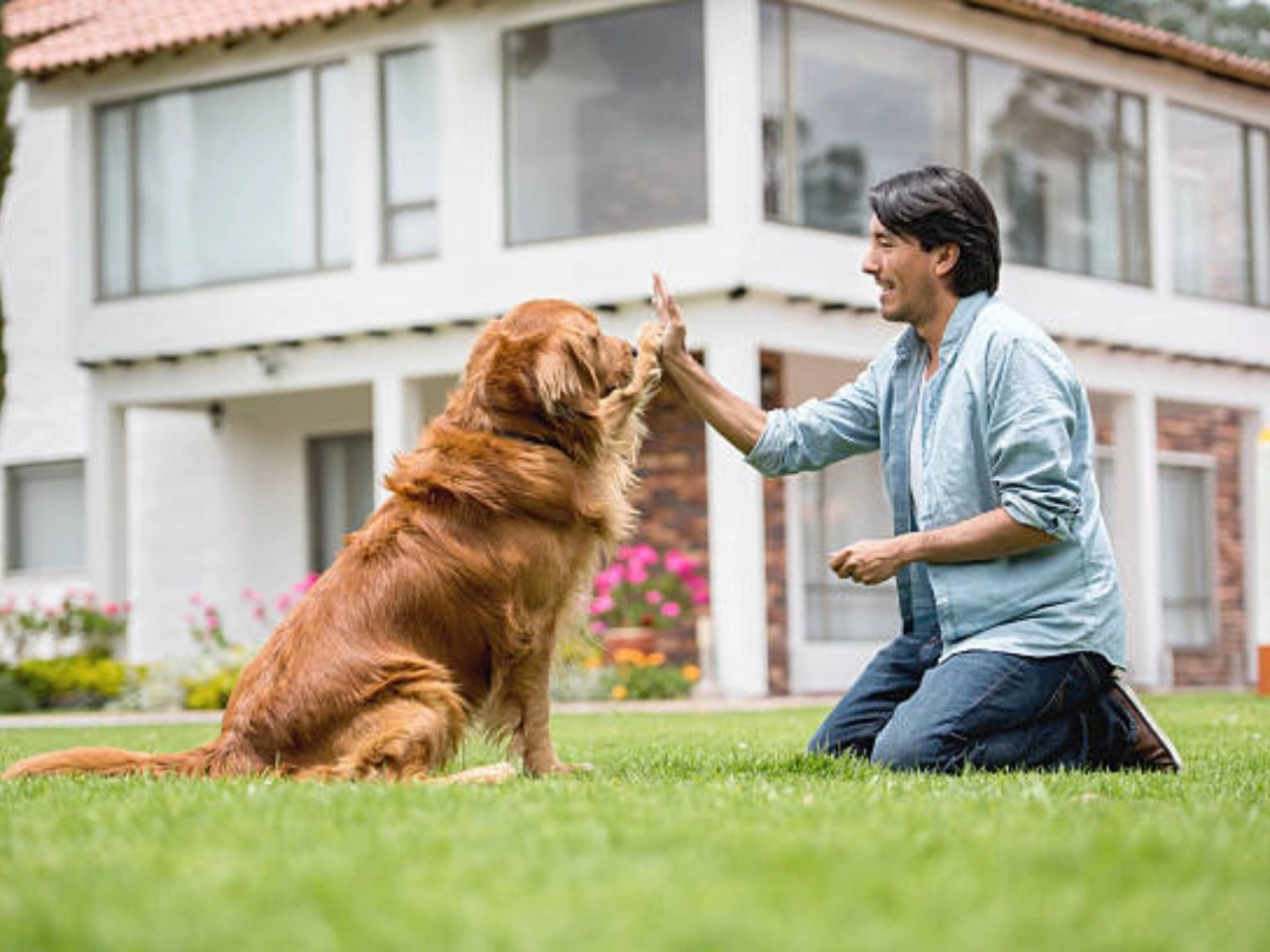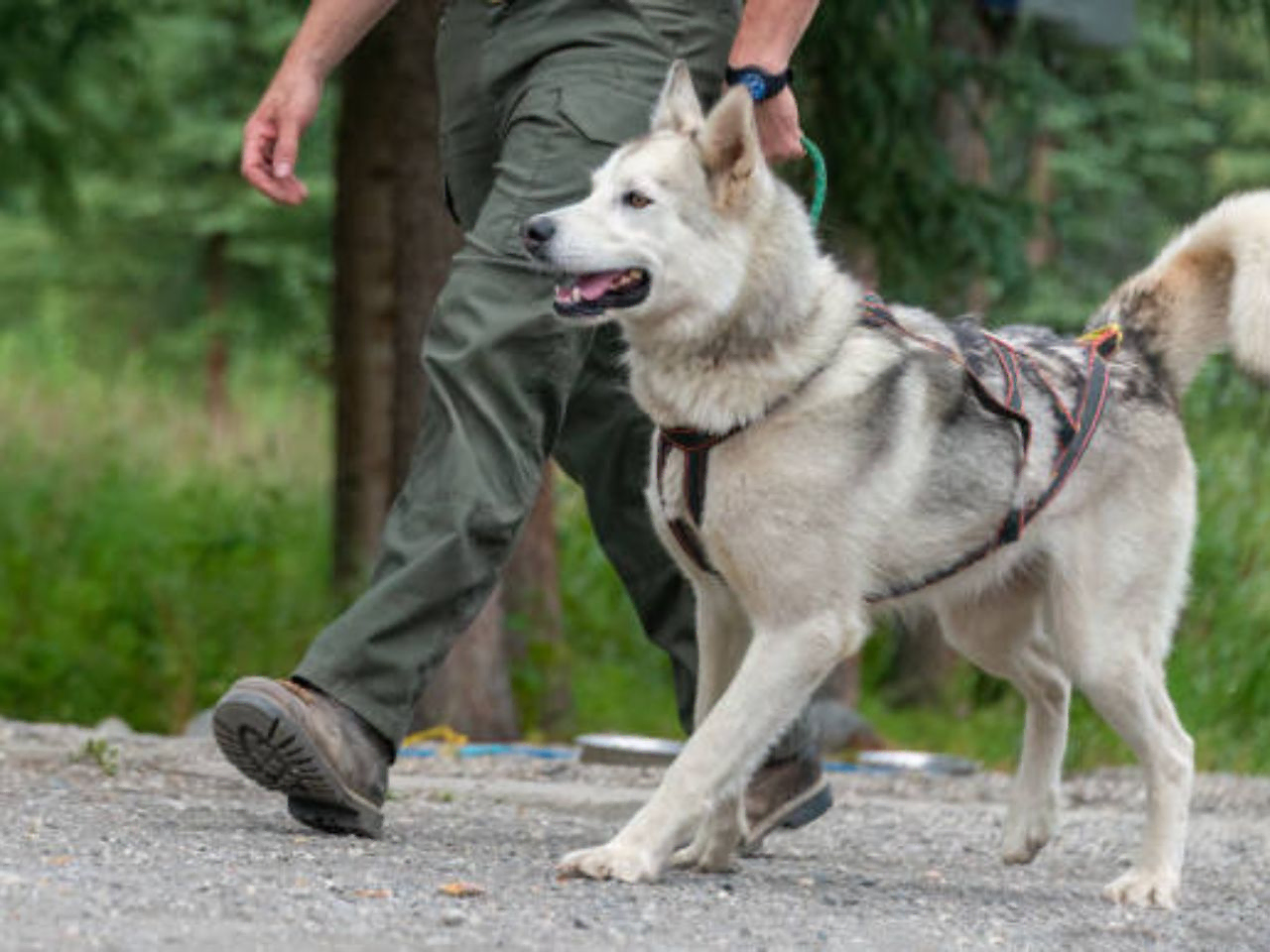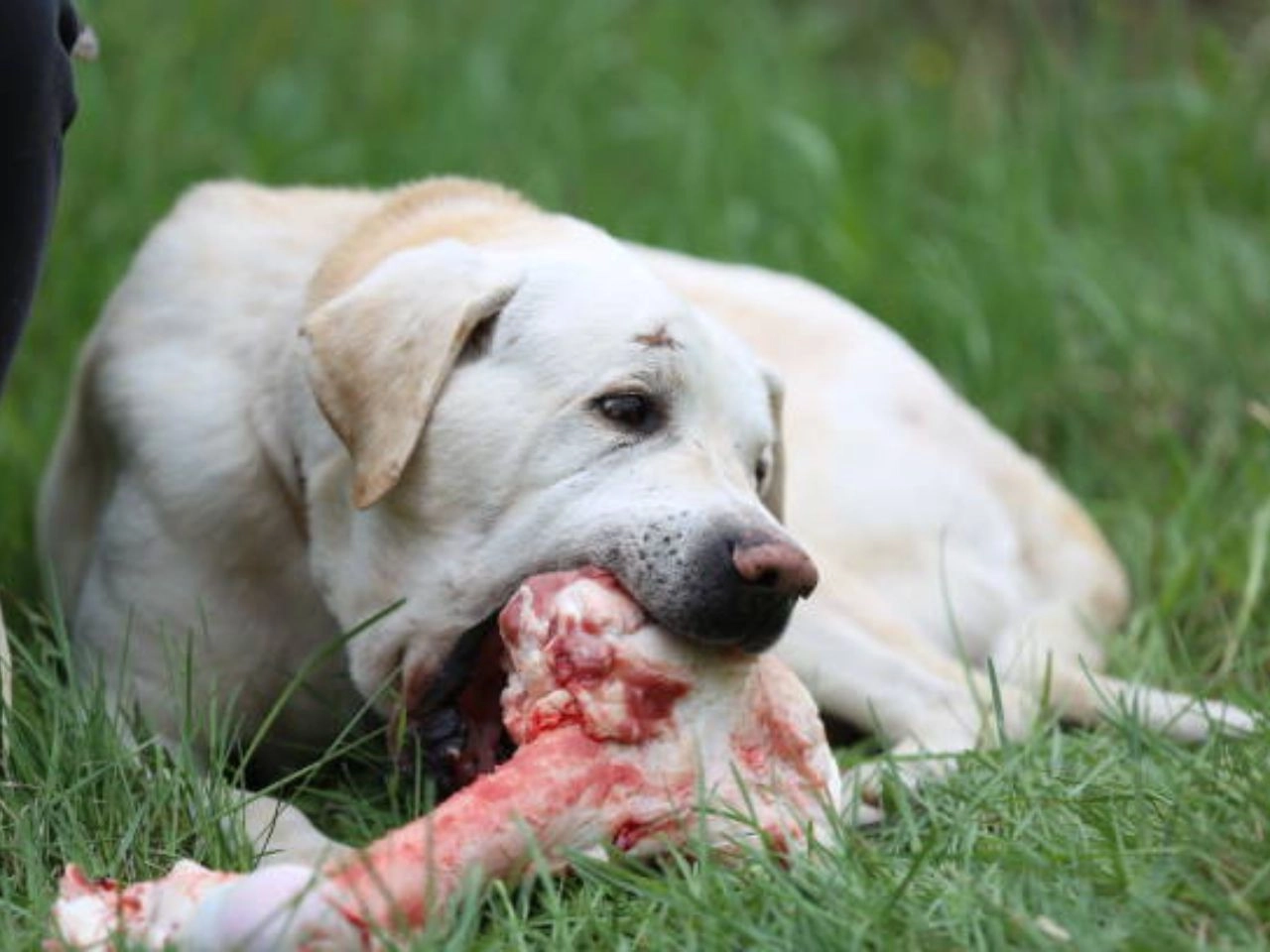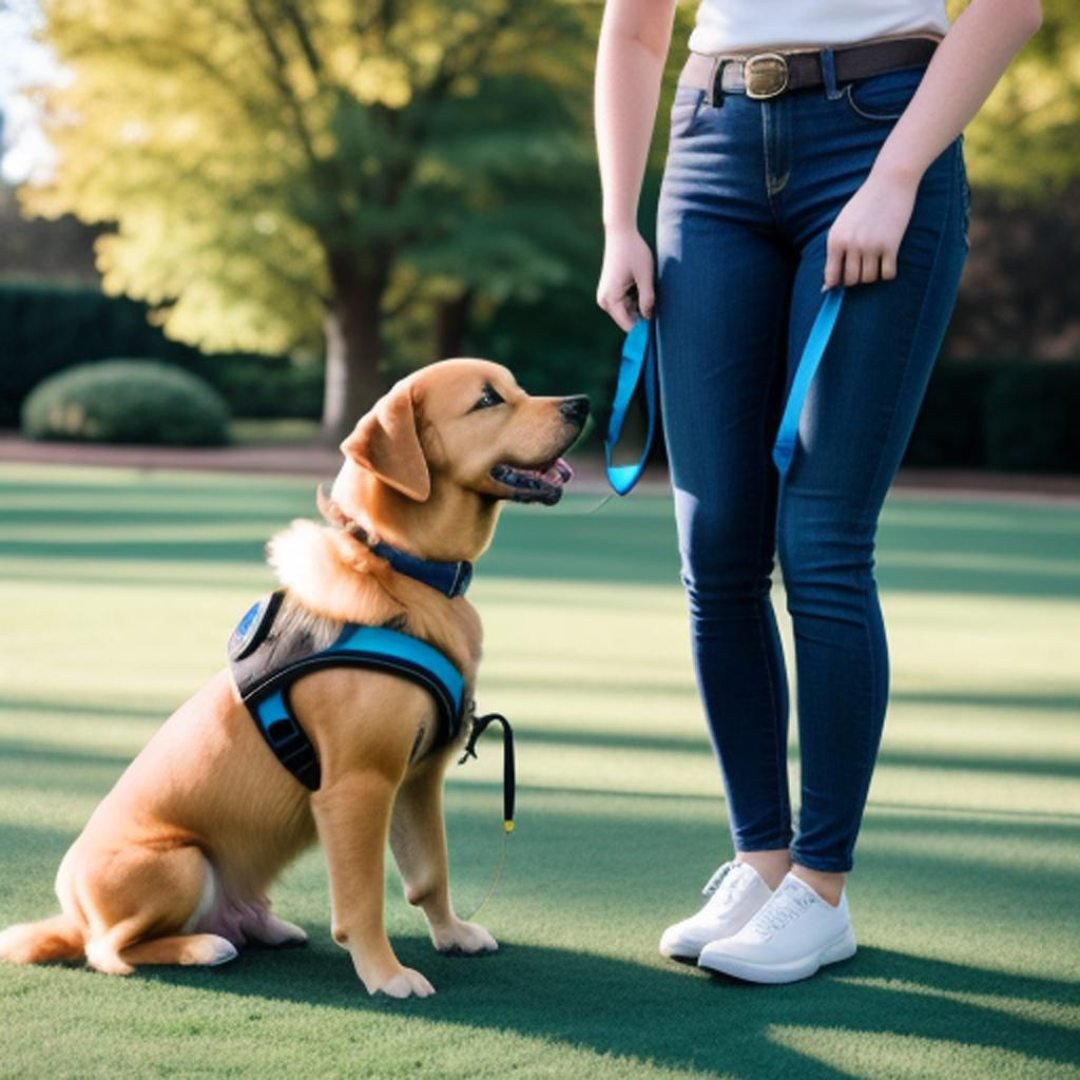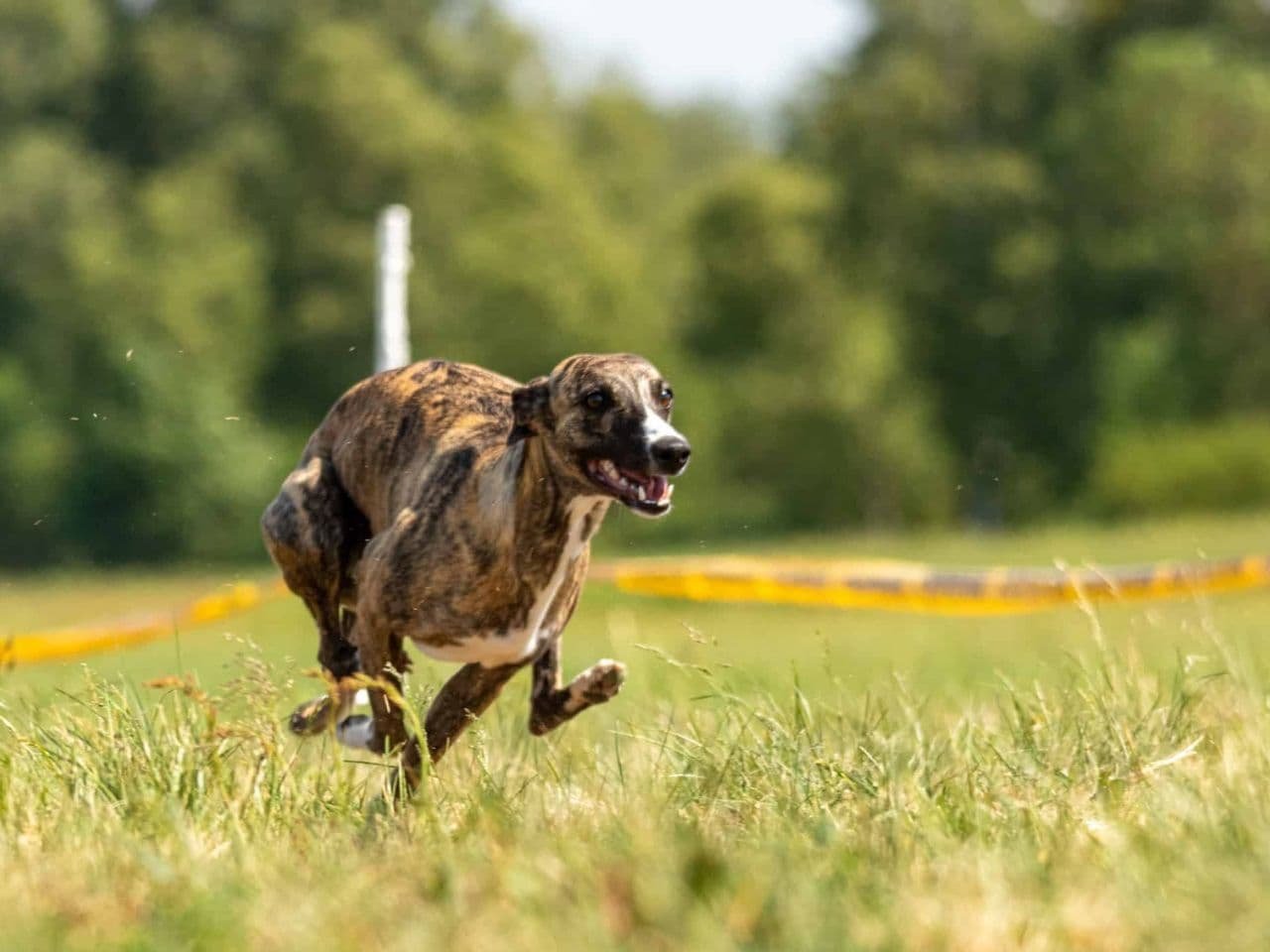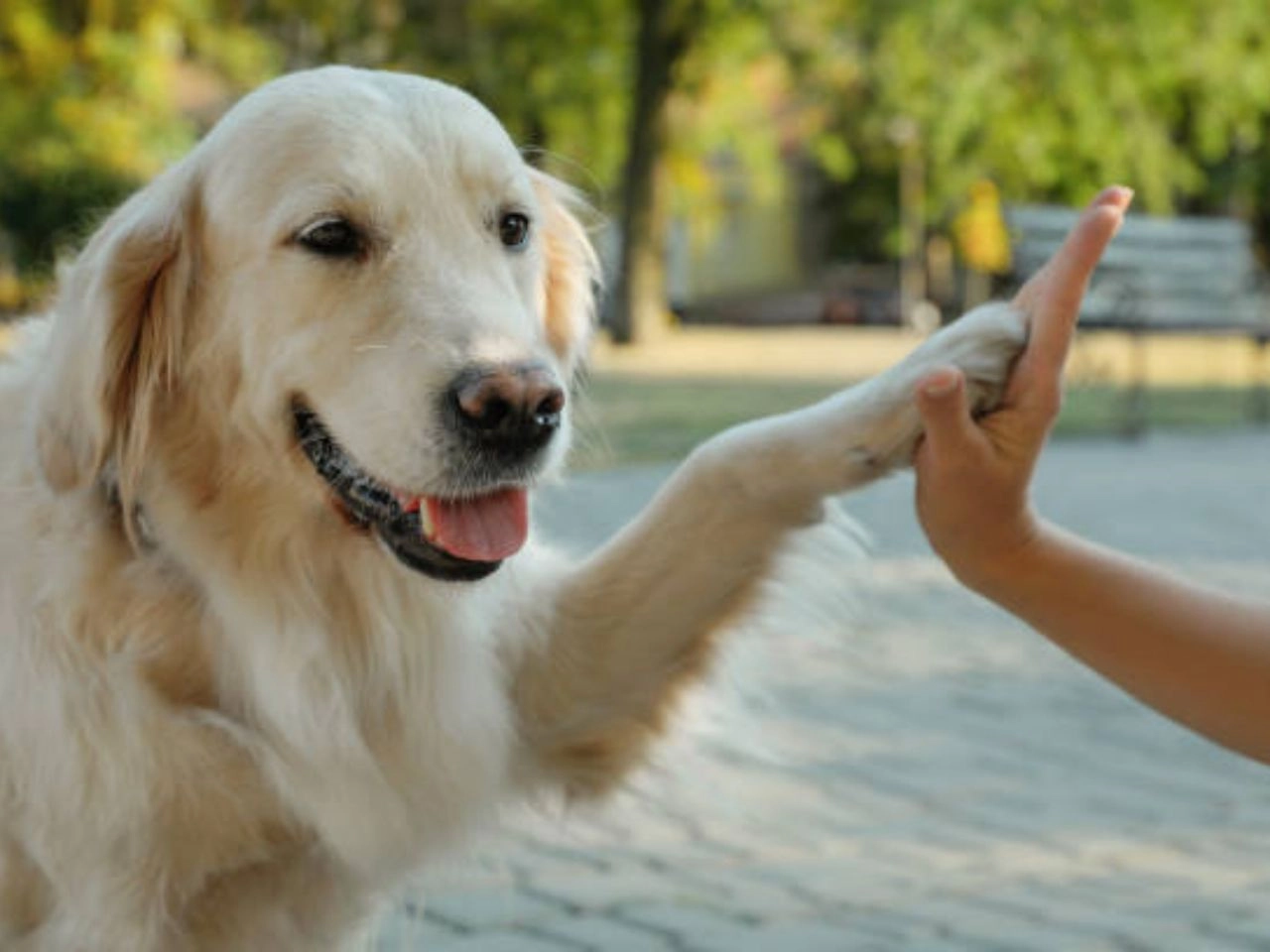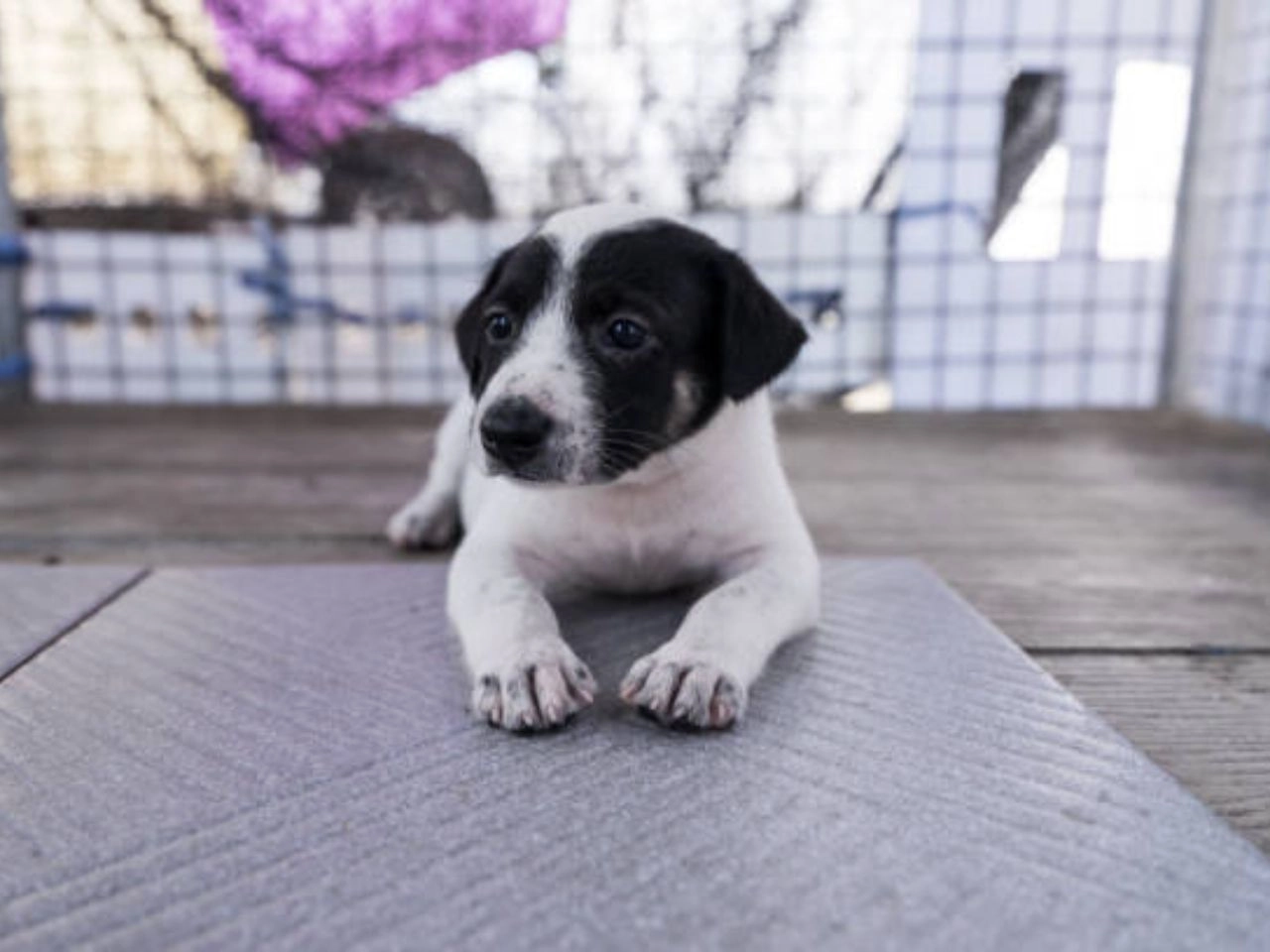Dalmatians are not inherently aggressive dogs; they are generally friendly and outgoing. Without proper socialization, though, they can develop behavioral issues.
As highly energetic and intelligent dogs, Dalmatians thrive on companionship and activity. Originating as dogs bred for running alongside carriages, they possess a wellspring of energy that demands regular outlets. This breed flourishes when given plenty of exercise and engagement, which keeps them mentally stimulated and physically satisfied.
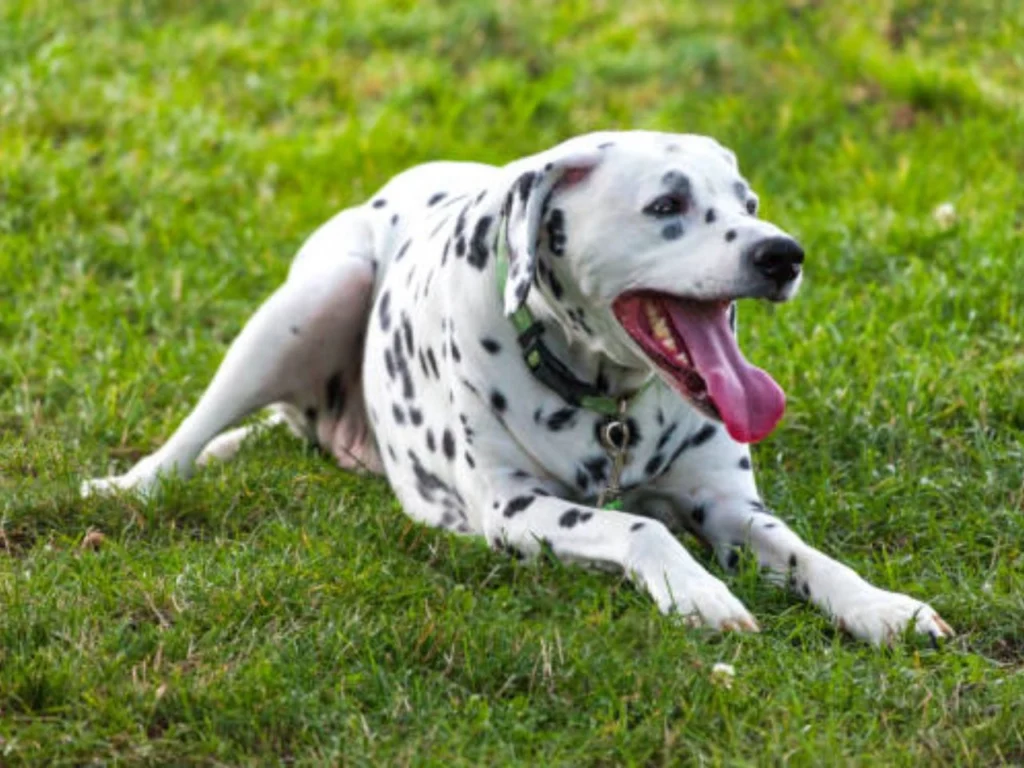
When a Dalmatian’s needs for activity and companionship aren’t met, frustration can lead to undesirable behaviors, which are sometimes misconstrued as aggression. Building a positive environment for a Dalmatian, complete with training and social exposure, outshines their potential for developing aggression and showcases their affectionate and loyal nature. Prospective Dalmatian owners must understand their unique requirements and commit to proactive and consistent training from an early age.
Contents Overview
The Dalmatian Breed: Myths Vs.Facts Of Dalmatians’ Aggressive
When you picture a Dalmatian, you might think of a spotty dog in a firehouse. But there’s more to this breed than meets the eye. Many believe Dalmatians are aggressive. We’re here to separate truth from fiction.
The Origin Of The Dalmatian
Recognized by their unique spots, Dalmatians have a past wrapped in mystery. Originally, they were thought to have come from Dalmatia, a region in Croatia. These dogs have served as war dogs, hunters, and even circus performers. This history helped shape their energetic and hardworking nature.
Common Misconceptions
- Dalmatians are aggressive: This is a common belief. But Dalmatians are not inherently aggressive. They are protective of their families and can be wonderful companions.
- Dalmatians are not good with kids: With proper training and socialization, Dalmatians can be great with children. They are loyal and can be playful companions for kids.
- Spots equal health issues: Some think spots can mean health problems. That’s not true. Spots are just a breed characteristic.
It’s important to remember that each dog is an individual. Training, environment, and genetics play a role in a dog’s temperament.
Dalmatians In Historical Context
The story of Dalmatians stretches beyond their spotted coats and striking looks. These dogs carry a rich history, woven into many facets of human endeavors. Once known for their work alongside humans, they served various roles. Let’s dive into the past of these iconic dogs.
Roles In Firehouses And Carriages
Dalmatians first rose to prominence during the days of horse-drawn carriages. Their distinct markings and strong physique made them perfect companions for coachmen.
- Guardians: They stood watch over the horses and carriages.
- Guides: Dalmatians cleared paths for fire wagons with their speed and loud barks.
In firehouses, their roles extended beyond mere protectors. As mascots and friends, they provided comfort to firefighters. Their firehouse legacy is well remembered, becoming a symbol of the profession.
From War Dogs To Disney Stars
Dalmatians have also seen the grim aspects of history. Used as war dogs, they accompanied soldiers to battle.
The 20th century marked a change in their story. Walt Disney’s 1961 movie, “101 Dalmatians”, changed their fate. It transformed these dogs into beloved household pets.
| Time Period | Role | Notable Change |
| 17th to 19th century | Carriage dogs, Firehouse mascots | Work alongside humans |
| World Wars | War dogs | Assist in military efforts |
| 1961 and beyond | Celebrity pets | Pop culture influence |
Dalmatians went from active work life to starring on the silver screen. Their roles evolved with society’s changes, showcasing their versatility and endearing nature.
Temperament Traits Of Dalmatians
The spotted coat of a Dalmatian hides a wealth of temperament traits that many find delightful. Known for their unique looks, Dalmatians also possess a personality that can be both energetic and gentle. Let’s explore the innate behavior of these dogs and how their environment can shape their temperament.
Innate Behavior
Dalmatians are naturally outgoing and friendly dogs. They were bred to run for miles, accompanying carriages, which explains their high energy levels. This enduring stamina also contributes to their need for regular exercise. With a strong sense of loyalty, Dalmatians often form a bond with their family members, becoming a dedicated and protective companion. Their intelligence is evident, but without proper training, it can lead to stubborn behavior.
- High energy levels
- Loyal to family
- Intelligent yet can be stubborn
- Needs firm and consistent training
Environmental Influences
The behavior of Dalmatians is also shaped by their environment. A stimulating environment with plenty of exercise, socialization, and training is critical to prevent potential behavioral issues. A Bored Dalmatian may resort to destructive behavior. Early socialization can help them become well-adjusted adults, capable of discerning between normal and threatening situations.
- Requires regular exercise and stimulation
- Socialization to prevent shyness or aggression
- Possible behavioral issues if not adequately stimulated
Analyzing Aggression: What The Experts Say of Dalmatians Aggressive
Many dog lovers wonder about the temperament of Dalmatians. This breed is known for its unique spotted coat and its history as a carriage dog. Now, let’s dive into what the experts say regarding the aggression of these spotted pooches.
Veterinary Insights
Veterinarians often have a frontline view of canine behavior, including aggression. Many factors can influence a Dalmatian’s temperament. These include genetics, health issues, and the environment in which they’re raised.
Key points from veterinary experts include:
- Dalmatians require frequent exercise and mental stimulation.
- They thrive in environments where they feel part of the family.
- Poor health can contribute to behavioral problems.
Veterinarians recommend regular check-ups to maintain a Dalmatian’s physical and mental health. This helps prevent the frustration that can lead to aggression.
Behaviorist Observations
Dog behaviorists closely study the actions and reactions of canines. For Dalmatians, they note these dogs possess high energy levels and intelligence. Without proper training, these traits can sometimes be displayed as aggression.
Insights from behaviorists:
- Early socialization is critical for Dalmatians.
- Consistent, positive reinforcement training works best.
- Understanding a Dalmatian’s body language helps in managing aggression.
Behaviorists urge owners to be patient and persistent with their Dalmatians. Recognizing signs of stress or discomfort early prevents aggressive outcomes. Proper training channels the breed’s energy into positive behaviors.
The Role Of Breeding
Understanding the behavior of Dalmatians calls for a closer look at their breeding history. Breeding plays a critical role in shaping the temperament and health of all dog breeds, including Dalmatians. Let’s explore how genetics and breeding practices influence the aggression levels in these spotted friends.
Genetic Predispositions
Like all dogs, Dalmatians inherit traits from their parents. This genetic inheritance includes aspects of their behavior, such as aggression or friendliness. Some studies suggest certain genes may impact a dog’s tendency to display aggressive behaviors.
- Hereditary traits can influence behavior.
- Potential for nervousness or shyness in certain lines.
- Aggression can be a defensive response tied to genes.
Responsible Breeding Practices
Responsible breeders prioritize the health and temperament of their Dalmatians. By choosing parents with calm and stable dispositions, breeders can help decrease the likelihood of aggressive offspring.
| Practice | Benefit |
| Health screening | Prevents genetic disorders |
| Temperament testing | Matches best-suited parents |
| Socialization | Encourages friendly behavior |
Choosing knowledgeable breeders is key. They understand the breed’s history and work to mitigate aggressive tendencies through careful selection and rearing.
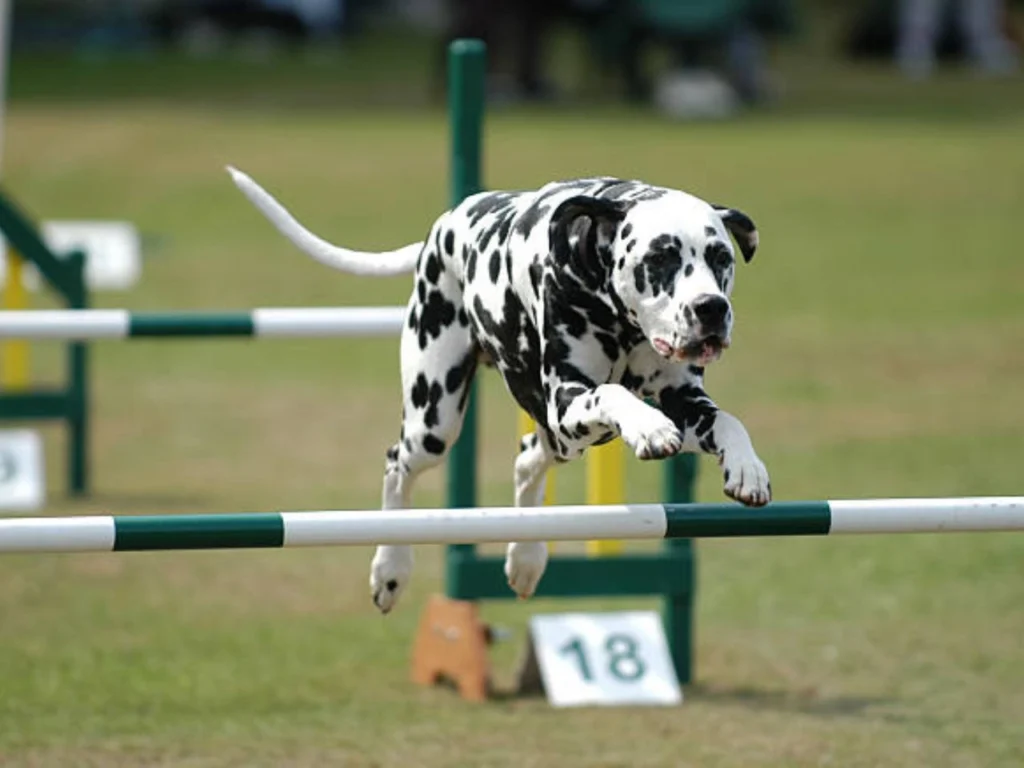
Training Techniques For A Well-behaved Dalmatian
Dalmatians carry a regal, spotted coat and a legacy of high energy. Sometimes, people think they are aggressive. The truth lies in their upbringing. With proper training, they showcase their gentle and loving nature. Let’s guide you through making your Dalmatian a model for good behavior.
Positive Reinforcement
Positive reinforcement is the key. Praise and treats help. When your Dalmatian follows commands or behaves well, reward them. This makes training a joy for both of you. Here’s how:
- Use happy tones for obeyed commands.
- Give healthy treats as rewards.
- Show affection with pats and hugs.
- Repeat these actions to reinforce habits.
Correcting Aggressive Behaviors
Spot aggressive signs early. Growling or snapping requires attention. Redirect these behaviors. Here’s a strategy:
- Stay calm. Dogs mirror your energy.
- Use firm, clear commands. Avoid yelling.
- Isolate them if they’re overstimulated.
- Reward calm behavior to promote peace.
Follow these steps for a well-behaved companion. Consistency is your best friend on this journey.
Socialization And Its Impact On Aggressiveness
Dalmatians can be loving and loyal companions. Yet, like all dogs, their behavior depends hugely on their socialization experiences. Socialization involves exposing dogs to various people, animals, environments, and experiences. This helps them become well-adjusted adults. Without proper socialization, a Dalmatian may develop aggressive tendencies. Let’s delve into the importance of socialization for preventing aggression in Dalmatians.
Importance Of Early Socialization
The first few months of a Dalmatian’s life are crucial. During this time, puppies are especially receptive to new experiences. Effective socialization at this stage can set the foundation for their future temperament. Positive encounters with various stimuli reduce fear and aggression.
- Introduce to different people
- Expose to various animals
- Visit many places
Continuous Social Opportunities
Consistent socialization shouldn’t stop after puppyhood. Regular interactions with new dogs and people can prevent the development of aggressive behaviors. Adult Dalmatians continue to benefit from positive social experiences.
| Activity | Benefit |
| Dog parks | Improves dog’s play skills |
| Obedience classes | Teaches discipline and commands |
| Regular walks | Provides mental and physical exercise |
Engaging in activities like dog parks, obedience classes, and regular walks will encourage good dog behavior. Continuous learning and playing lead to a well-behaved and non-aggressive Dalmatian.
Health Issues That Might Affect Behavior
Health issues can change a dog’s behavior. This is true for Dalmatians too. Certain health problems may cause a once-friendly Dalmatian to act out. Let’s explore two important health concerns that could impact their behavior.
Deafness In Dalmatians
Dalmatians can be born deaf or lose hearing with age. Deaf dogs may seem aggressive because they get startled easily. When they can’t hear someone approaching, they might react out of fear or surprise.
- 30% of Dalmatians suffer from hearing loss.
- Deaf Dalmatians need special training to communicate.
- They rely more on visual cues and touch.
If a Dalmatian is deaf, patience and understanding are key. Always approach them where they can see you to avoid unexpected reactions.
Pain-induced Aggression
Dogs in pain may lash out to protect themselves. It’s a natural reaction. Watch for signs your Dalmatian might be hurting.
| Behavior | Possible Pain Indicator |
| Snapping when touched | Joint or skin issues |
| Grimacing or whining | Internal discomfort |
| Avoiding play | General pain or fatigue |
If your Dalmatian shows these signs, a vet visit is needed. Addressing health issues can often reduce aggressive behavior linked to pain.
Understanding The Owner’s Role
Dalmatians have a diverse reputation, some know them as friendly, while others believe they can be aggressive. The truth often lies in how an owner interacts with their dog. Owners play a critical role in shaping the temperament of their Dalmatians. Proper training and understanding can make a world of difference. Let’s explore how the owner’s leadership and consistency, as well as the reinforcement approach, impact a Dalmatian’s behavior.
Leadership And Consistency
Strong leadership is essential in raising a well-behaved Dalmatian. Dogs look to their owners for guidance and structure. It’s important to set clear rules and boundaries from the start. This breed thrives on regular routines and knowing what to expect from their human counterparts.
- Provide daily routines for feeding, walking, and playtime
- Enforce rules consistently
- Use positive training methods to build trust
Consistency in training and daily life helps a Dalmatian understand its place in the family. This prevents confusion and reduces the chances of aggressive behavior.
Avoiding Negative Reinforcement
Using negative reinforcement can be damaging to a Dalmatian’s temperament. It often leads to fear, which can escalate into aggression. Instead, focus on positive training techniques that reward good behavior.
| Negative Reinforcement | Positive Alternatives |
| Shouting or punishment | Verbal praise and treats |
| Rough handling | Gentle guidance and patience |
| Ignoring good behavior | Acknowledging and rewarding |
Encourage your Dalmatian to behave well by recognizing and rewarding its successes. This creates a positive learning environment where the dog can flourish without fear.
Impact Of Exercise And Mental Stimulation
The behavior of Dalmatians, like any breed, can vary from dog to dog. Careful training and proper exercise greatly impact their temperament. Active breeds such as Dalmatians thrive with enough physical and mental activity. Neglecting their need for stimulation often leads to destructive behavior, sometimes misunderstood as aggression. Consistent exercise and brain games are vital in keeping these spotted friends happy and well-behaved.
Adequate Physical Activity
Regular exercise is crucial for a Dalmatian’s health and social skills. This high-energy breed needs to burn off its enthusiasm and stay fit. Let’s break down the exercise essentials:
- Long walks each day keep their energy in check.
- Running or jogging helps tire them out physically.
- Dog sports, like agility, channel their energy positively.
A lack of physical activity leads to pent-up energy. This can result in destructive behavior. An exercised Dalmatian is a peaceful, content companion.
Engaging Playtime And Training
Training and playtime are key to a well-rounded Dalmatian. They stimulate the mind and reinforce good behavior. Consider the following:
- Interactive toys keep their brain busy and reduce boredom.
- Training sessions build a strong bond and teach discipline.
- Puzzle games encourage problem-solving skills.
Equipped with both physical and mental exercises, Dalmatians exhibit less unwanted behavior. Their friendly nature prevails when their needs are met.
Real-life Stories From Dalmatian Owners
Dalmatians are well-known for their unique spotted coats. You’ve seen them in movies. But are they aggressive? Let’s dive into some real-life stories. These bring us closer to understanding the nature of these beautiful dogs through the experiences of those who know them best – their owners.
Successes In Training
Many Dalmatian owners report great success in training their pets. Consistent training methods reap rewards. Anna shares, “My Dalmatian Leo learned commands like ‘sit’ and ‘stay’ within weeks!” She used positive reinforcement techniques, offering Leo treats and praise for good behavior.
- Effective early socialization reduced Leo’s fear-based reactions around new people.
- Dedication to daily training established a strong, calm, and obedient temperament.
- Enrolling in doggy daycare improved Leo’s interaction with other dogs.
Challenges Faced
However, not all experiences are smooth. Some Dalmatians may display signs of aggression, particularly if not trained properly. Mike’s Dalmatian, Spot, needed special attention. “Spot was a rescue, showing signs of anxiety and aggression,” he explains.
| Behavior | Approach | Outcome |
| Barking at strangers | Implement a ‘quiet’ command | Reduced barking incidents |
| Resource guarding | Teach ‘drop it’ and ‘trade’ | Spot learned to trust and share |
| Leash pulling | Use a no-pull harness | Walks became enjoyable |
Challenges with Spot required patience and a deeper understanding of his past traumas. With time and training, Spot’s behavior improved significantly. It shows that Dalmatians can thrive under the right circumstances.
Adopt Or Shop: Finding The Right Dalmatian
Embarking on the journey to add a Dalmatian to your family? Your heart might skip a beat at the sight of their iconic spots. But are Dalmatians aggressive? Let’s explore whether they suit your lifestyle before deciding on adopting or shopping.
Evaluating Breeders And Rescues
Choosing the right source for your Dalmatian is crucial. Learning about breeders and rescue centers is a must.
- Visit breeders in person: See their facilities and meet the parents of your potential pup.
- Ask questions: Health clearances and vaccination records are vital for the dog’s well-being.
- Connect with rescues: They often offer extensive support and information about their Dalmatians.
Responsible sources will help you find a friendly, healthy Dalmatian.
Assessing The Dog’s Temperament
Dalmatians are known for being loyal and protective, but aggression is not inherent. Assessing a dog’s temperament is key.
| Temperament Trait | What to Look For |
| Socialization | Dogs should be comfortable around people and other animals. |
| Behavior | Look for calm, non-aggressive reactions in new situations. |
| Obedience Training | Check if the dog responds well to basic commands. |
Always spend time with the Dalmatian before making a decision. A well-tempered dog will adapt well to your home.
Final Thoughts: Embracing Dalmatian Nature
Many people wonder about the nature of Dalmatians.
Let’s dive into what makes these dogs special.
Celebrating The Breed’s Uniqueness
Dalmatians are one-of-a-kind for many reasons.
- Their spots set them apart.
- They are high-energy dogs.
- Intelligence is a key trait.
- They were coach dogs in the past.
Understanding these traits helps us appreciate Dalmatians.
Commitment To Responsible Ownership
Responsibility is key with Dalmatians.
Training and socialization are important.
They need owners who can keep up with their energy levels.
Adequate exercise is crucial for their well-being.
With love and care, Dalmatians can be loyal companions.
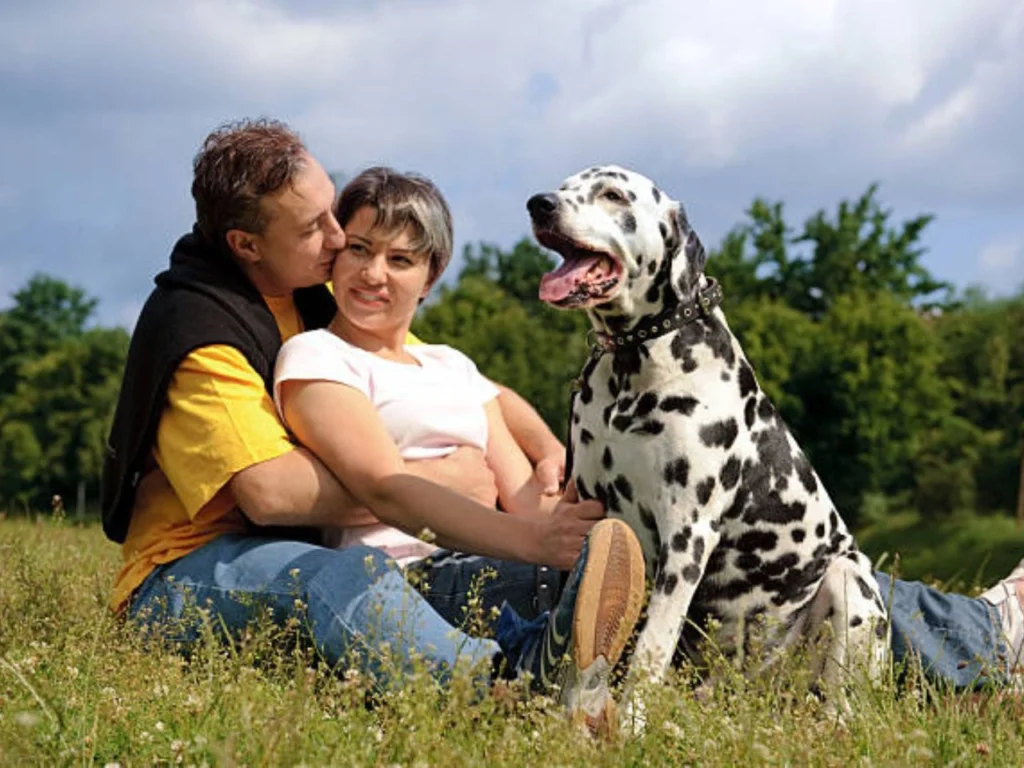
FAQ For Are Dalmatians Aggressive Dogs
Are Dalmatians Family Friendly Dogs?
Dalmatians are generally family-friendly dogs known for their loyalty and playful nature. They do well with children and active households when properly trained and socialized.
Do Dalmatians Have Temperament Issues?
Dalmatians can exhibit temperament issues like stubbornness and high energy, often needing early socialization and consistent training to manage. Their behavior largely depends on breeding, upbringing, and individual personality traits.
What Are The Pros And Cons Of A Dalmatian?
Pros of a Dalmatian: Energetic and playful, Dalmatians make excellent companions for active individuals. Their distinctive spotted coat is eye-catching and unique. Cons of a Dalmatian: They require frequent exercise to combat their high energy levels and can be prone to certain genetic health issues.
Conclusion
Dalmatians often carry a reputation pegged to aggression, but such blanket statements are unjust. Early socialization and training mold their temperament more than genetics. Loving, loyal companions await those who invest the time. Remember, a dog’s behavior reflects its upbringing and environment.
Embrace the challenge, and a Dalmatian might just become your most devoted friend.
